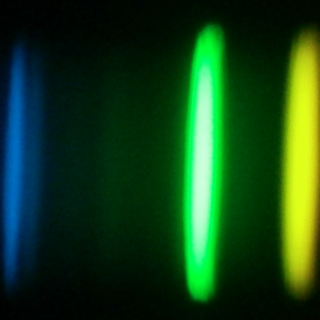Bibcode
Brown, Warren R.; Kilic, Mukremin; Allende-Prieto, C.; Kenyon, Scott J.
Referencia bibliográfica
Monthly Notices of the Royal Astronomical Society: Letters, Volume 411, Issue 1, pp. L31-L35.
Fecha de publicación:
2
2011
Número de citas
29
Número de citas referidas
26
Descripción
We study a complete, colour-selected sample of double-degenerate binary
systems containing extremely low mass (ELM) ≤0.25 M&sun;
white dwarfs (WDs). We show, for the first time, that Milky Way disc ELM
WDs have a merger rate of approximately 4 × 10-5
yr-1 due to gravitational wave radiation. The merger end
product depends on the mass ratio of the binary. The ELM WD systems that
undergo stable mass transfer can account for ≳3 per cent of AM
Canum Venaticorum (AM CVn) stars. More importantly, the ELM WD systems
that may detonate merge at a rate comparable to the estimated rate of
underluminous supernovae (SNe), rare explosions estimated to produce
only ˜0.2 M&sun; worth of ejecta. At least 25 per cent
of our ELM WD sample belong to the old thick disc and halo components of
the Milky Way. Thus, if merging ELM WD systems are the progenitors of
underluminous SNe, transient surveys must find them in both elliptical
and spiral galaxies. Based on observations obtained at the MMT
Observatory, a joint facility of the Smithsonian Institution and the
University of Arizona.
Proyectos relacionados

Abundancias Químicas en Estrellas
La espectroscopía de estrellas nos permite determinar las propiedades y composiciones químicas de las mismas. A partir de esta información para estrellas de diferente edad en la Vía Láctea es posible reconstruir la evolución química de la Galaxia, así como el origen de los elementos más pesados que el boro, forjados principalmente en los interiores
Carlos
Allende Prieto